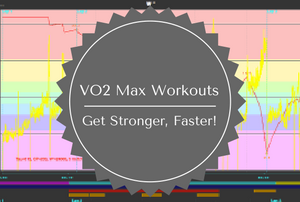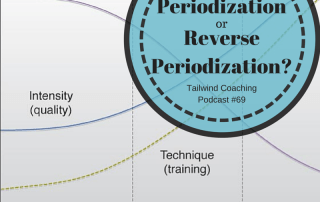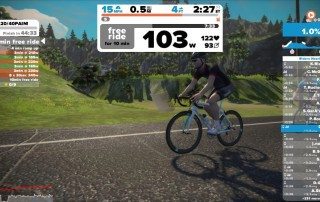VO2 Max Workouts
Most training plans put an emphasis on higher intensity training as the season progresses. After building a solid functional base of fitness, you need to challenge your body in different ways to stimulate adaptations. These two VO2 max workouts aim to challenge your body well beyond your comfort zone in less than an hour each, leading to big adaptations and big changes in your fitness and speed on the bike.
Why VO2 Max Workouts?
As I discussed in podcast 66, raising the ceiling on your fitness is important to ensure continued growth and improvement in your cycling fitness. VO2 max workouts are the perfect way to push your body beyond its comfort zone and force it to adapt and improve. Here’s an analogy for you: if you put a plan in a room with a 3-foot ceiling, once it grows into the ceiling it begins to spread out to the sides. It never gets taller. If you raise the ceiling to 10 feet, the plant has a lot more room to grow before it begins to spread out.
Your fitness is like that plant: if you never raise the ceiling, you’ll never be able to grow. That’s why these VO2 max workouts are so effective at improving your body’s ability to perform and raising your fitness level: they force you to train where it hurts and push your limits. Many cyclists don’t like to push beyond their limits or train “where it hurts” so they leave those big breakthrough fitness gains out on the road. By using the two VO2 max workouts included at the end of this article, you’ll realize bigger fitness gains and more performance in under an hour per workout.
Click through the jump for two free VO2 max workouts, an explanation of why they work so well and a downloadable cheat sheet to follow when you’re on the trainer!





